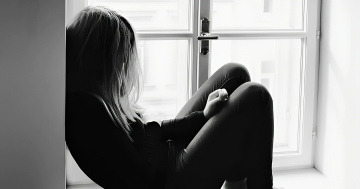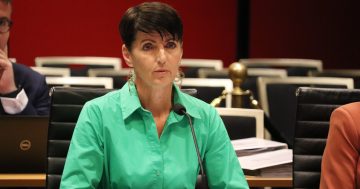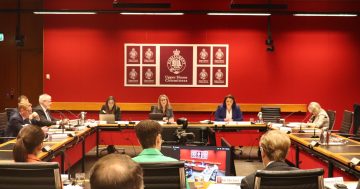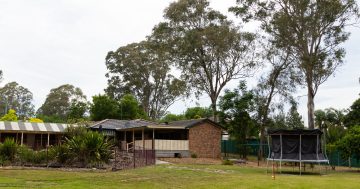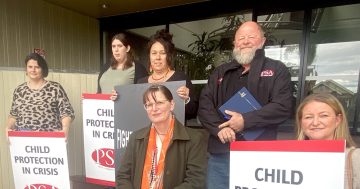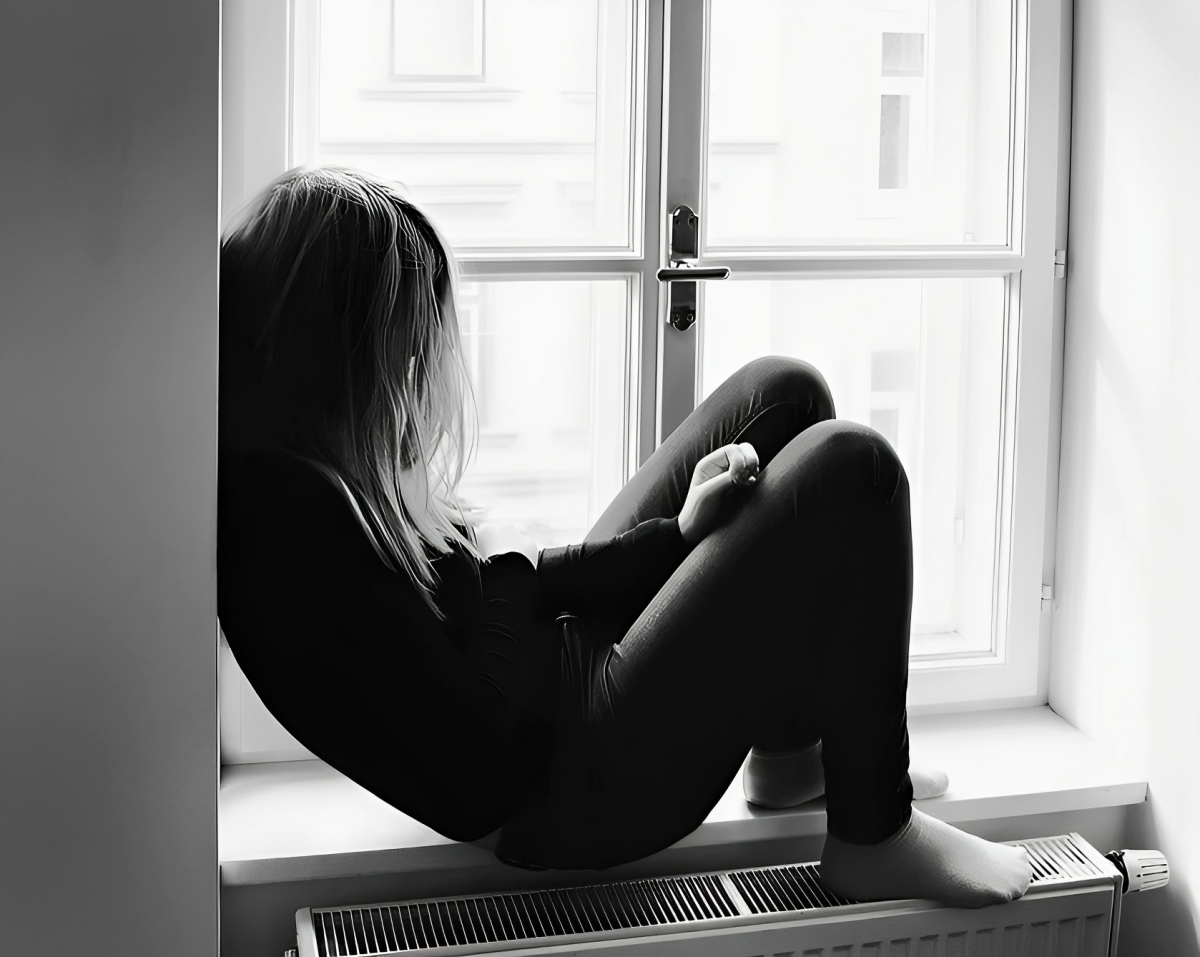
The current foster care system is so overburdened some children are living in motels. Photo: rawpixel.com.
Despite the ongoing crisis in the overburdened NSW foster care system, the number of children being adopted into permanent homes has plummeted over the past two years.
More than 15,000 children are living in temporary out of home care (OOHC) in the state. Most of these kids were removed from their birth parents by the government due to abuse or neglect and placed with foster carers.
Just 89 of these children were adopted in 2021/22, down from 162 in 2019/2020, a fall of 45 per cent.
This has sparked calls from local foster carers and advocates for government to prioritise permanency and stability for our most vulnerable children.
“The low adoption numbers do not match the urgent need for thousands of Australian children living in state care who currently don’t have a safe place to call home,” advocacy group Adopt Change said.
Most children living in OOHC have been there for more than two years and have been moved between multiple homes. Due to a shortage of foster carers, some kids are effectively living in motel rooms.
“Child protection is about what is in the best interests of the child. Ultimately, for a child to stay home or return home is the best outcome, but permanency and timeliness are of utmost importance,” Adopt Change chief executive Renee Carter said.
“Government has an important role to protect children, but not to remain their long-term parent. Children need to grow up being raised in a family home, not in institutions or motels with shift workers.”
Adoption – the permanent transfer of legal parenting rights from birth parents to adoptive parents – has been rare in Australia since the 1970s, when there was a backlash about past practices of forced adoptions from single mothers and Indigenous women.
As a result, all adoptions in Australia must now be “open”, meaning children are educated on their origin and remain in contact with birth families wherever possible. Rigorous procedures and requirements mean an open adoption can take several years to finalise.
In 2012, the former NSW Liberal government initiated reforms to make open adoption easier. This was motivated by international research which shows adopted children experience better outcomes in later life compared to those who grow up in foster care, primarily due to the stability and security adoption provides.
“Unfortunately, the NSW Labor Government hasn’t shown a strong commitment to open adoption in NSW,” former NSW Liberal families minister Natasha McLaren-Jones said.
“We know the sooner a child in care achieves a permanent home, the better their long-term outcomes. Under the Liberal and Nationals government, we made increasing permanency for children in out of home care a premier’s priority.”
Adoption numbers increased substantially under the former government between 2013 and 2019, though the downward trend since 2020 started before the current Labor Government came into power.
“The Minns Labor Government is committed to reducing the number of children entering out-of-home care in NSW whilst also reducing the number who are in foster care through family restoration, guardianship and open adoption,” Families Minister Kate Washington said.
“From 2016 until 2020 the former government addressed a backlog of adoption matters. I’m advised that there’s no longer a backlog in the system.”
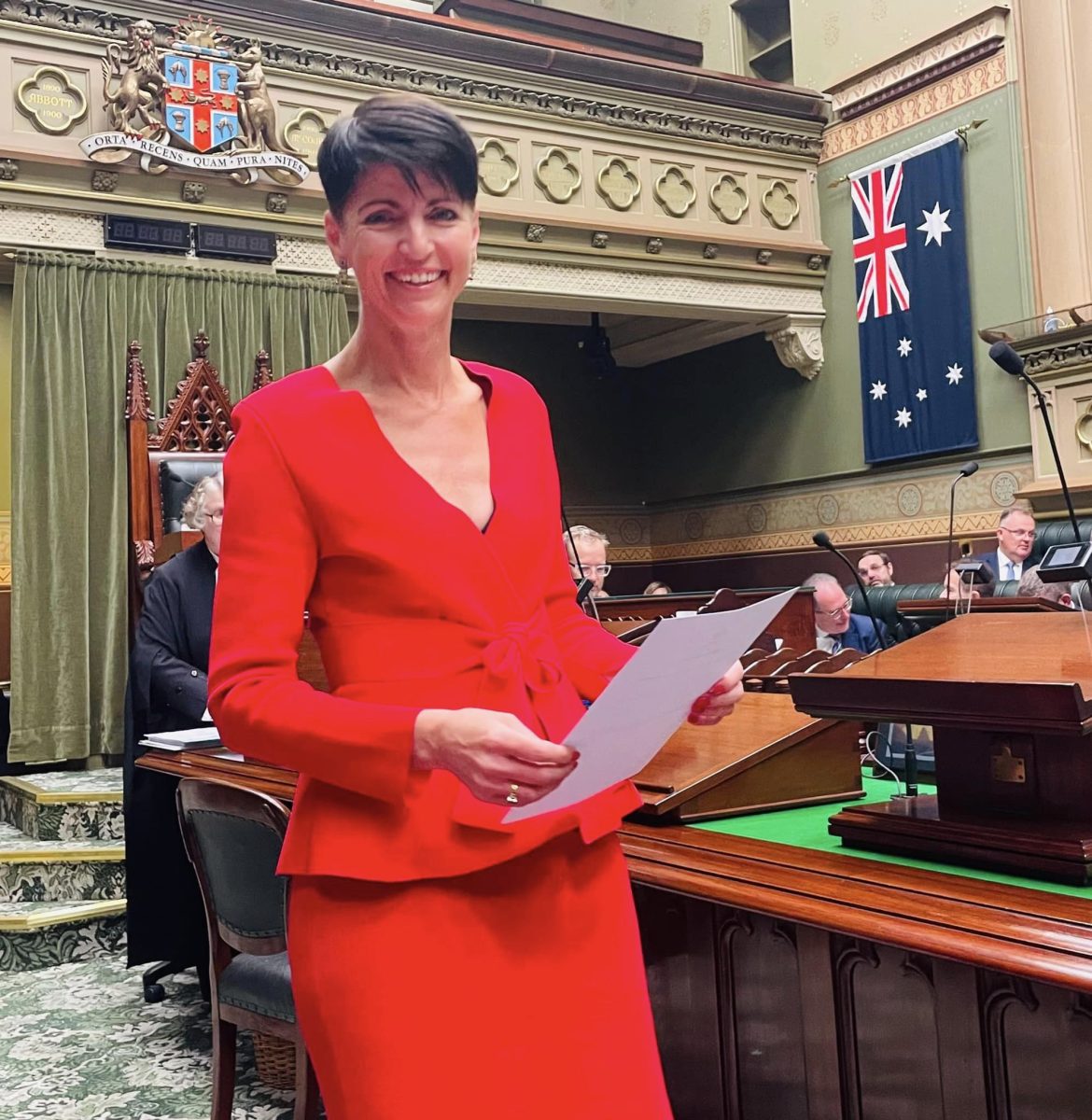
NSW Families Minister Kate Washington. Photo: Facebook.
But even when numbers peaked, only around one per cent of children in OOHC were being adopted.
Adopt Change said that for many years, adoption processes had been complex to navigate, and families trying to adopt had encountered “inexplicable delays and red tape”.
Wagga teacher Katie Finch, a long-time foster carer, explained why she gave up on trying to adopt.
“I wanted to adopt a child, that was my life’s dream … but I was basically told, ‘We don’t do adoption, you can only foster’.
“The caseworkers told me an adoption wasn’t going to happen. I remember thinking it would take so bloody long; it’s ridiculous the amount of time it would have taken.
“It’s a shame because adoption is a really good option long-term for both the carer and child. It means you’re investing in that child. If you think that at any point the parent can come in take them back [as is the case with foster care], even after you’ve had three years, are you going to invest as much love in that relationship, knowing that at any point it can be over?
“It puts you on eggshells permanently, and it puts the child on eggshells permanently. That’s why it’s important to have that permanent option.”
Note: The author of this article worked on adoption policy for the NSW government between 2012 and 2014 and wrote articles on the need for adoption reform for The Guardian, Herald Sun and Adopt Change in 2016.







